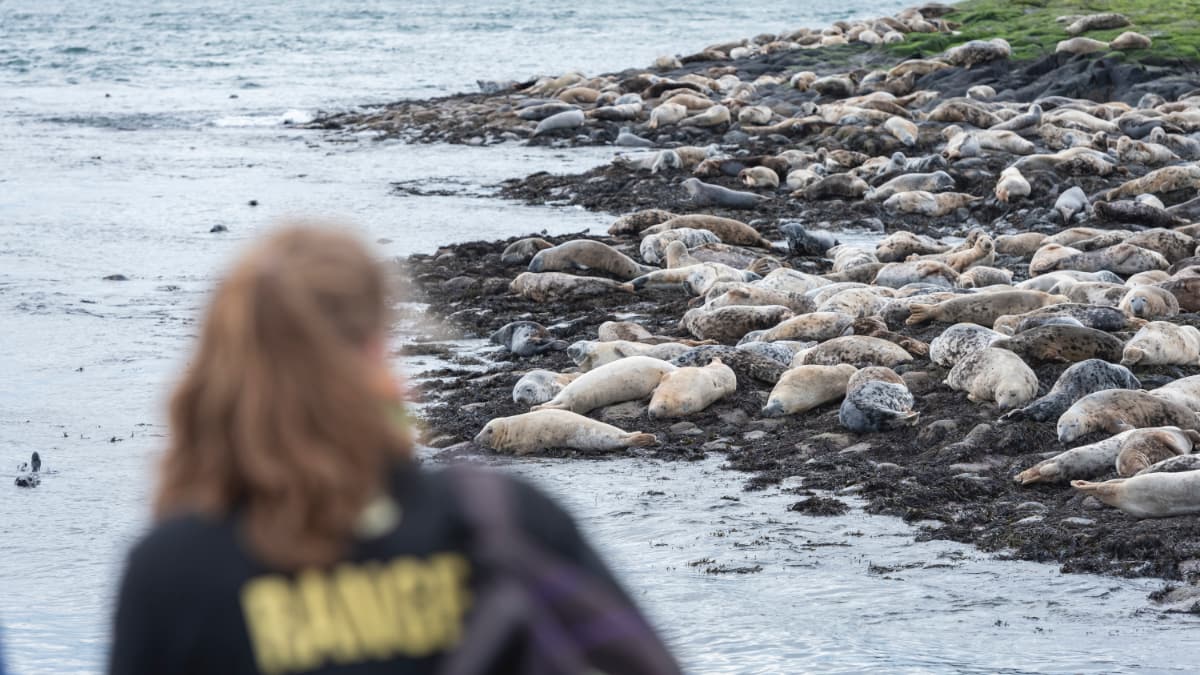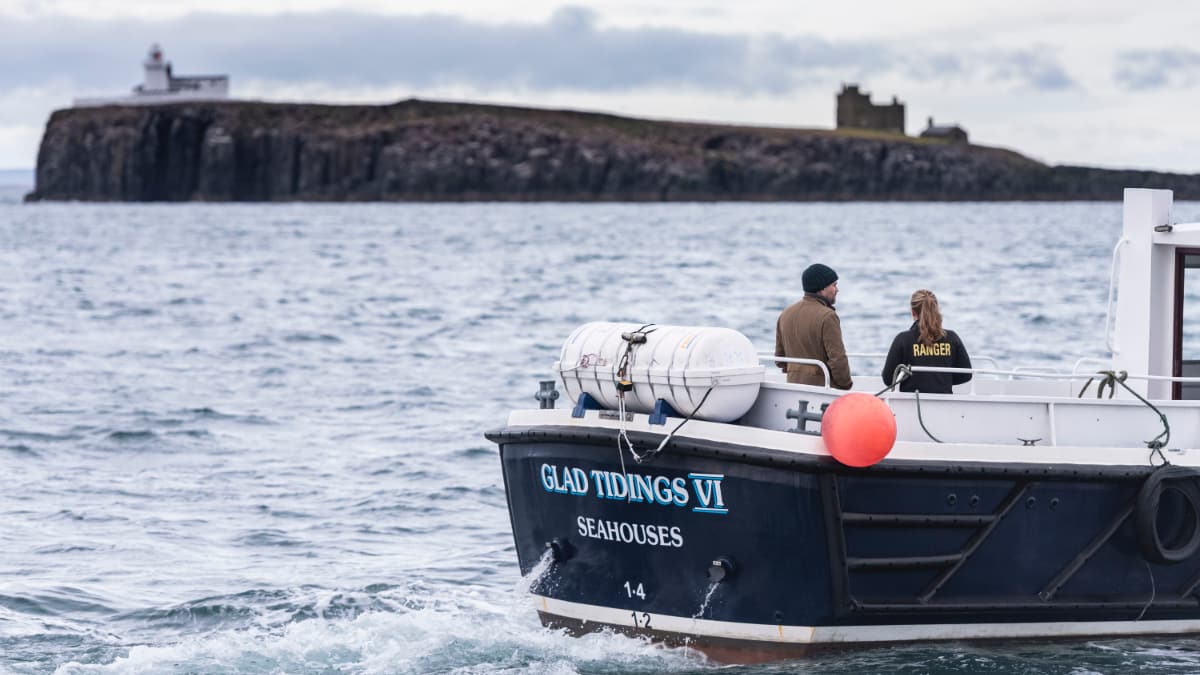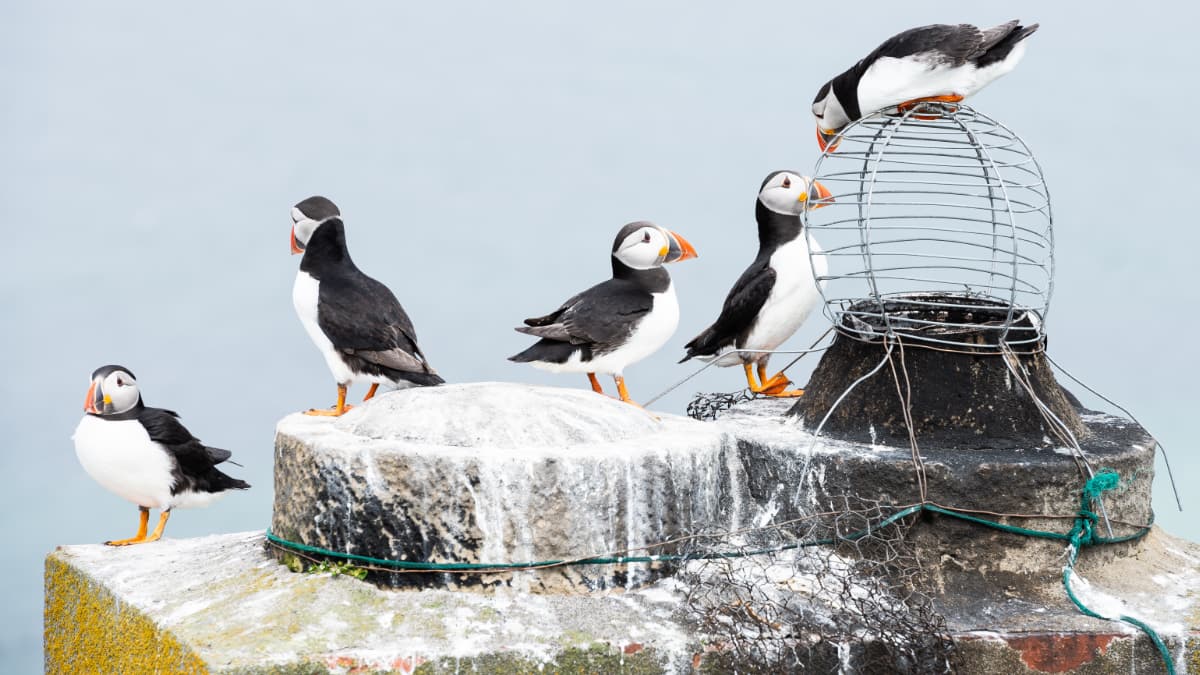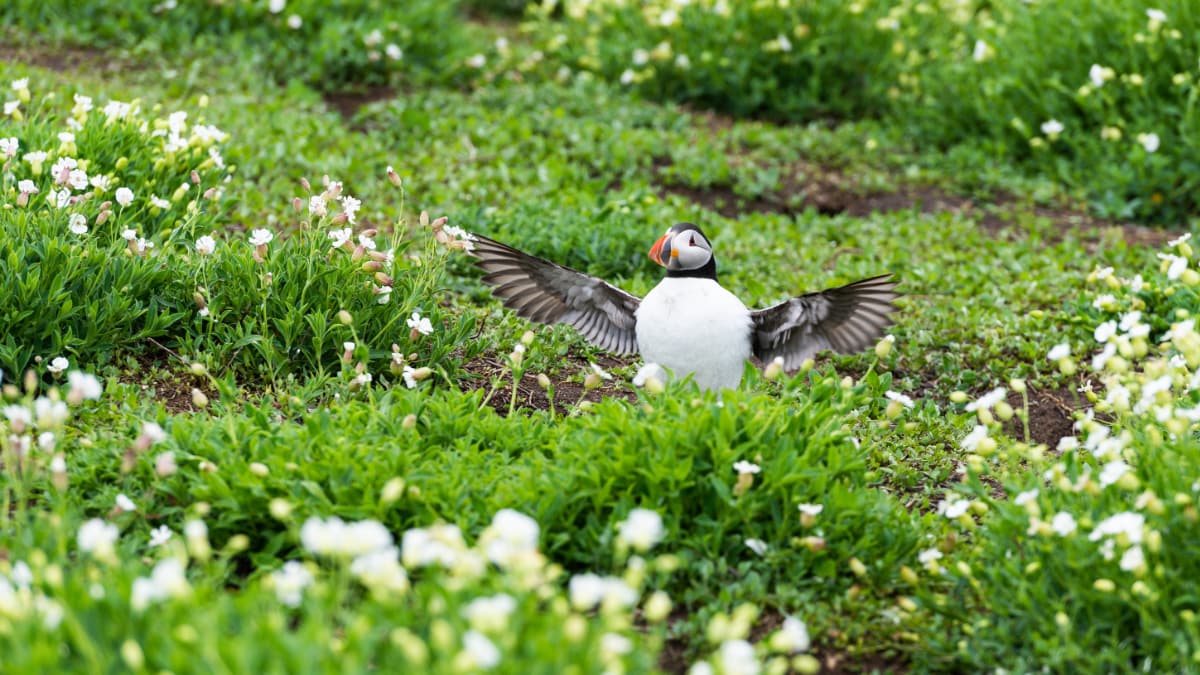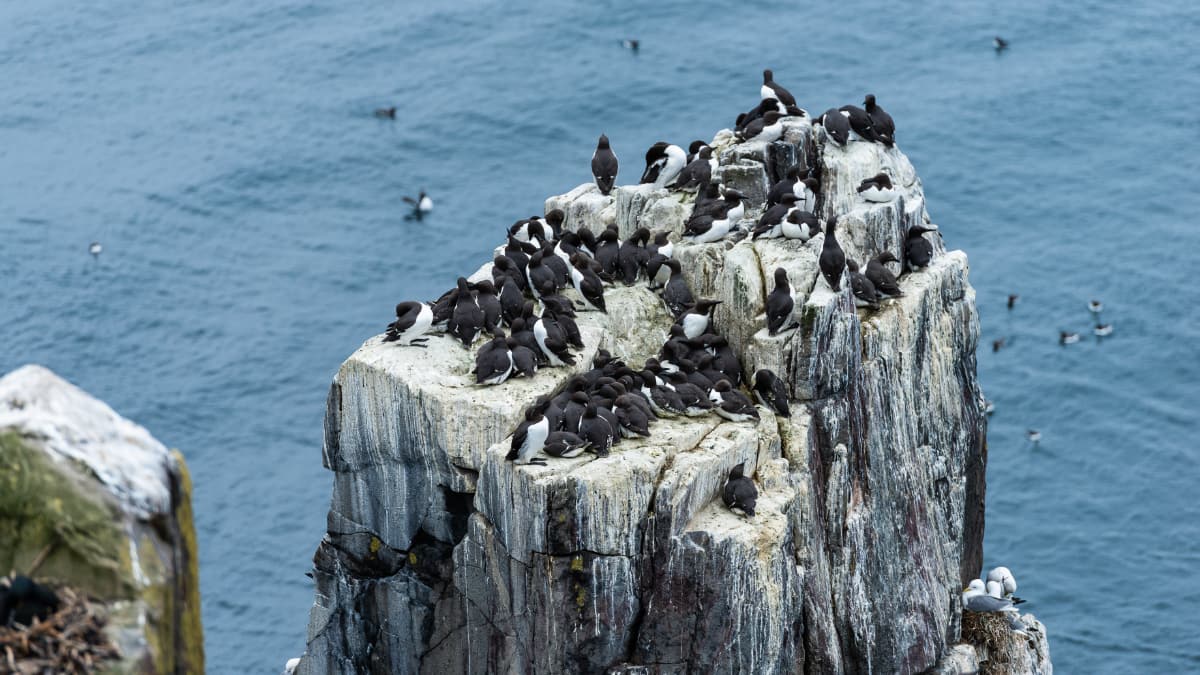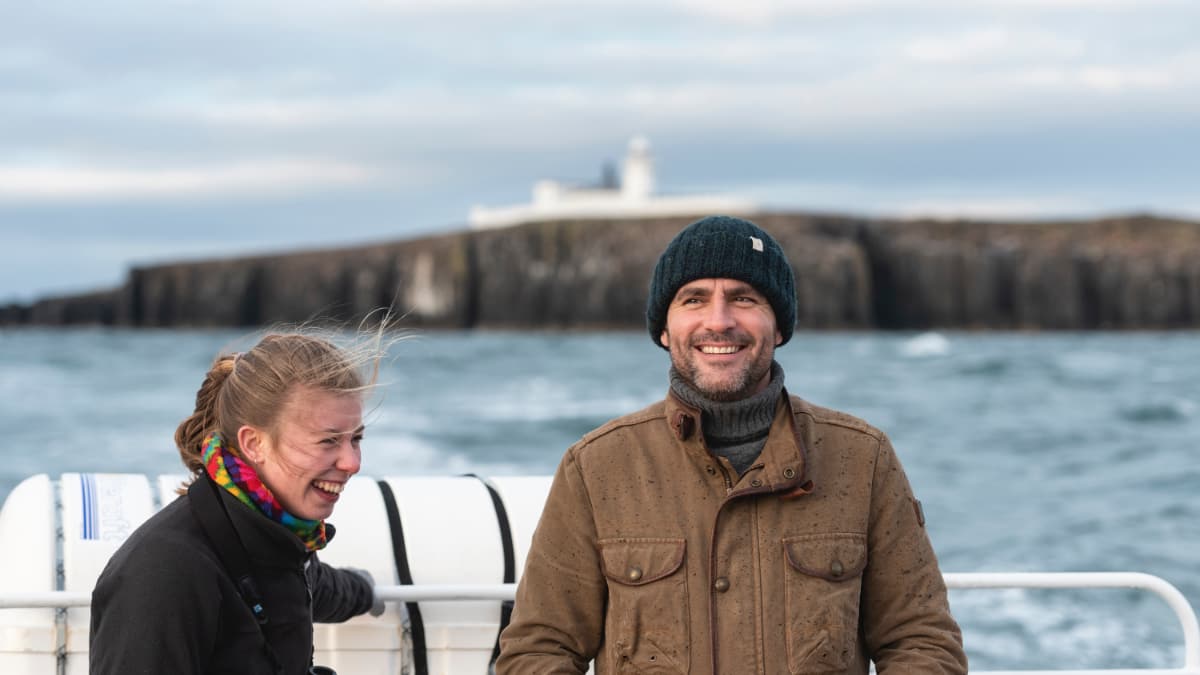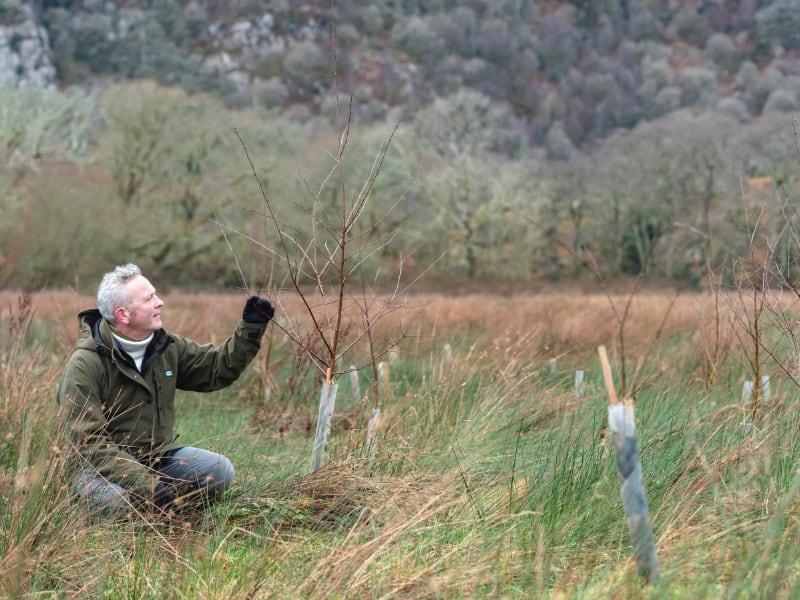The National Trust presents The Wild Life, Episode 1, The Farne Islands & Long Nanny, Northumberland
Two and a half miles off the Northumberland coast is a National Nature Reserve. It’s a very special place that’s possibly the most significant seabird colony in England, home to 23 species, including 43,000 pairs of puffins. It is also one of the most important grey seal pupping sites in the country, with more than 2,000 pups born every autumn. We’re talking about, of course, the Farne Islands.
The Farnes comprise of several islands that are usually accessible to the public by boat – due to avian bird flu, Inner Farne and Staple Island are currently closed for landings, but visitors can still see the wildlife (including the dive-bombing terns!) by taking a sail around tour, and Longstone is still open for landings where visitors have the chance to visit the lighthouse.
Our friends at the National Trust have had a presence on the Farnes for 100 years and work to protect the habitat for a variety of wildlife. In addition to the puffins and arctic terns are guillemots, kittiwakes and other visiting species that nest and feed there.
The area is a Marine Reserve and an important Site of Specific Scientific Interest. The work of the National Trust rangers is instrumental in protecting the seabirds throughout their nesting season here on the islands. This includes preserving the habitat, protecting eggs from predators, reducing the threat of disease, and monitoring the birds to ensure the populations here thrive.
The Avian Flu outbreak in 2022 had a devastating effect on the bird colonies with 6,000 dead birds recovered by the rangers and countless more succumbing to the illness and falling into the North Sea. Whilst heartbreaking to witness, it has only made the National Trust rangers on these islands more determined than ever to protect those birds that still call the islands home.
The effects of climate change are also being seen here with the population of 40,000 puffins now having to travel further north to feast on an important food source of sand eels.
If you wish to sail around the Farne Islands you will need to catch a boat from Seahouses. And despite not being able to go on to the Islands at present, the sights of the cliff nesting seabirds is more than a little impressive!

